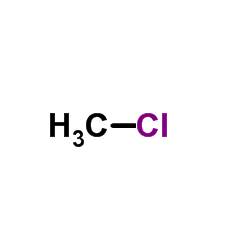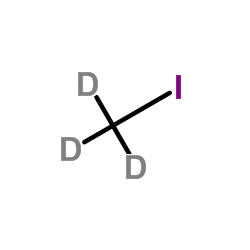| Structure | Name/CAS No. | Articles |
|---|---|---|
 |
Chloromethane
CAS:74-87-3 |
|
 |
Methyl bromide
CAS:74-83-9 |
|
 |
Iodomethane-d3
CAS:865-50-9 |
|
 |
methyl iodide
CAS:74-88-4 |
|
 |
iodomethane-13c
CAS:4227-95-6 |